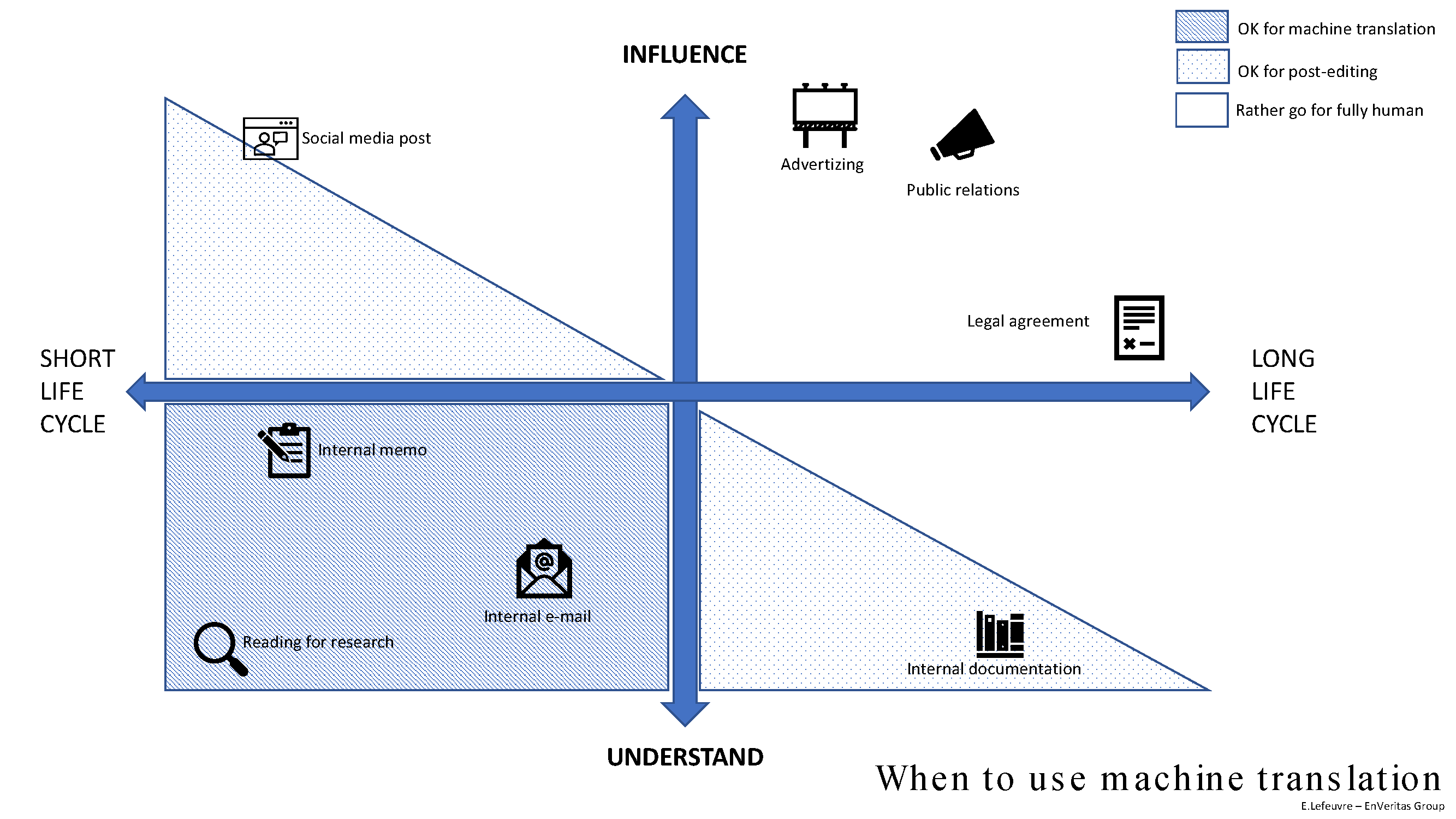Website Design: ADA Accessibility Standards Matter
Those of us with good health take using the Internet as a given. We watch videos, skim text and consume endless streams of funny cat photos. But not all users have good eyesight, can hear or can navigate using a mouse or keyboard shortcuts. For them, the Internet is not always a welcoming place or a useful tool.
Before you bounce because you don’t believe this is relevant for you, you should know that these users are increasingly using federal civil rights laws, including the 1990 Americans with Disabilities Act to ensure accessibility. Accessibility isn’t just about ramps and handrails. Just ask Target. A 2006 lawsuit brought by three blind plaintiffs forced the retailer to address accessibility issues and pay millions in damages. The question of accessibility is not limited to online businesses.
As higher education increasingly relies on the Internet to serve their population, that content must be accessible by all students, as Louisiana Tech University, Youngstown State University and a dozen more schools ranging from Penn State to Princeton have learned the hard way.
The ever-growing list of lawsuits over lack of access in higher education, whether due to inaccessible course materials or an inability to fill out a law school online application, tells us the handwriting is on the wall. Our job is to make certain everyone can read it.
The unexpected benefit of compliance: the improved designs of accessible websites benefits users across the board, including those with slow connections, outdated browsers or using handheld devices.
If you want to address these issues before you’re forced to do so, start with the accessibility checklist published by the Department of Health and Human Services:
- Providing an alt tag for all images, video files and graphics that succinctly describes the content and/or purpose of the object. Alt tags are read by the screen-reader and need to be more than a file name or generic group of words; they need to provide meaning.
- Does the page use one of the recommended fonts? Those fonts are Times New Roman, Verdana, Arial, Tahoma, Helvetica and Calibri.
- Are you using PDF documents for important information? Most screen-readers cannot read PDF documents.
- Do all URLs have descriptive hyperlinks to let users know the content of the linked page before they click on it? This means avoiding the ubiquitous “click here” and “read more.”
- Does the color-contrast ratio between text and background ensure the text is easy to read. HHS recommends a contrast ratio of 4.5:1. The current trend for light gray text on a white background often fails this test.
- Does your site rely on a drop-down list of quick links to take users immediately to a page without pressing a submit button? Those form fields are not accessible.
With the FCC proposing to regulate the Internet as a utility, website masters may be forced to address accessibility issues sooner rather than later. Fortunately, you don’t need to re-invent the wheel.
There are excellent resources available on the Web, starting with the Web Accessibility Evaluation Tools List, which offers 48 online tools to test your pages for compliance. The Do-It Center at the University of Washington offers a robust slate of online resources for those wanting to improve their sites.
Enjoyed this post? Read other articles by Kathleen.
Kathleen Gossman – Project Manager



